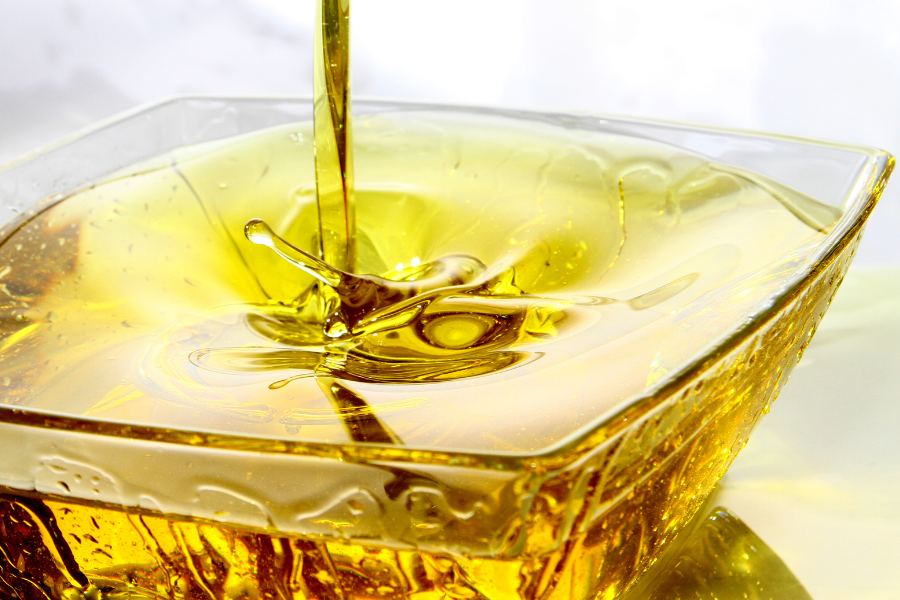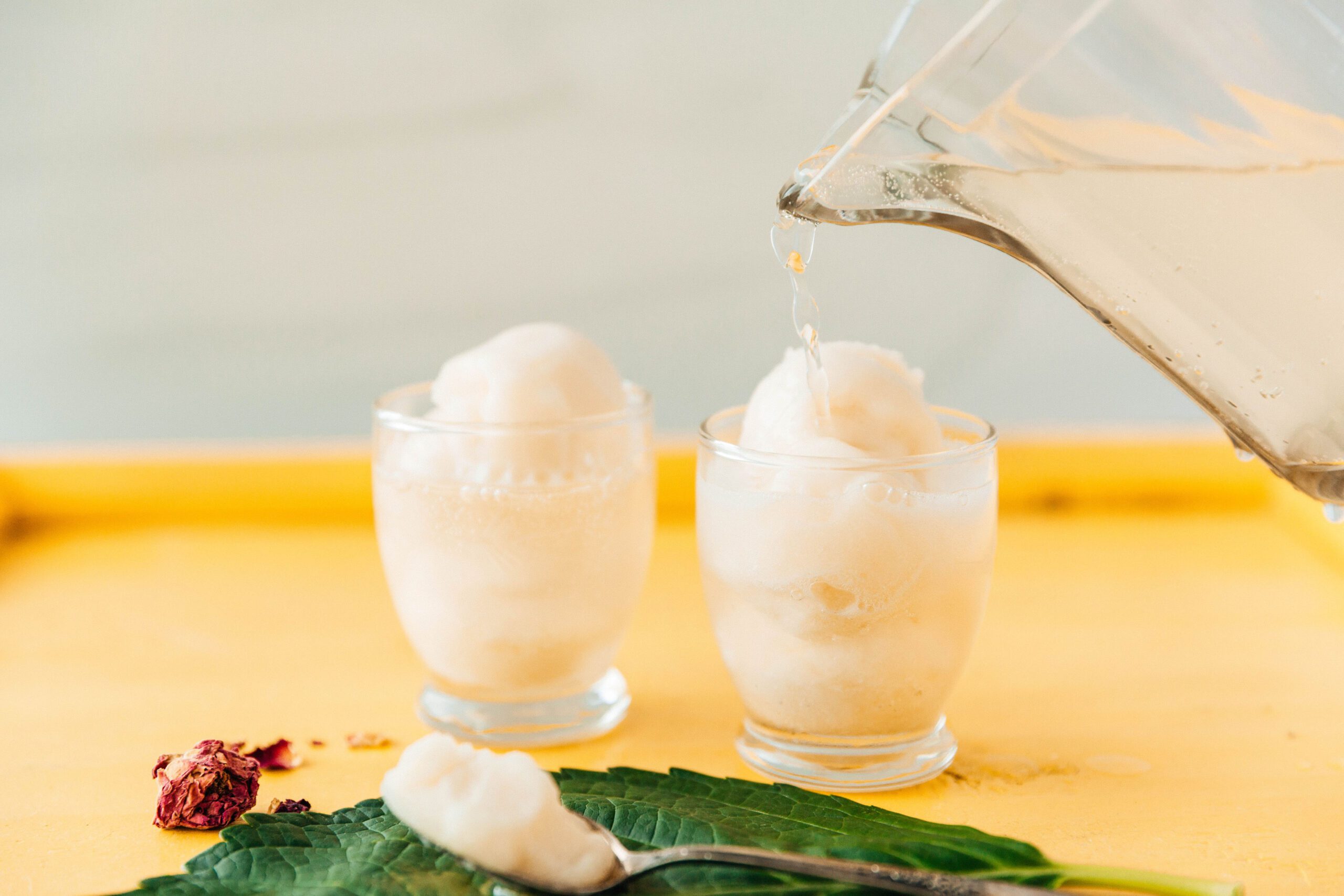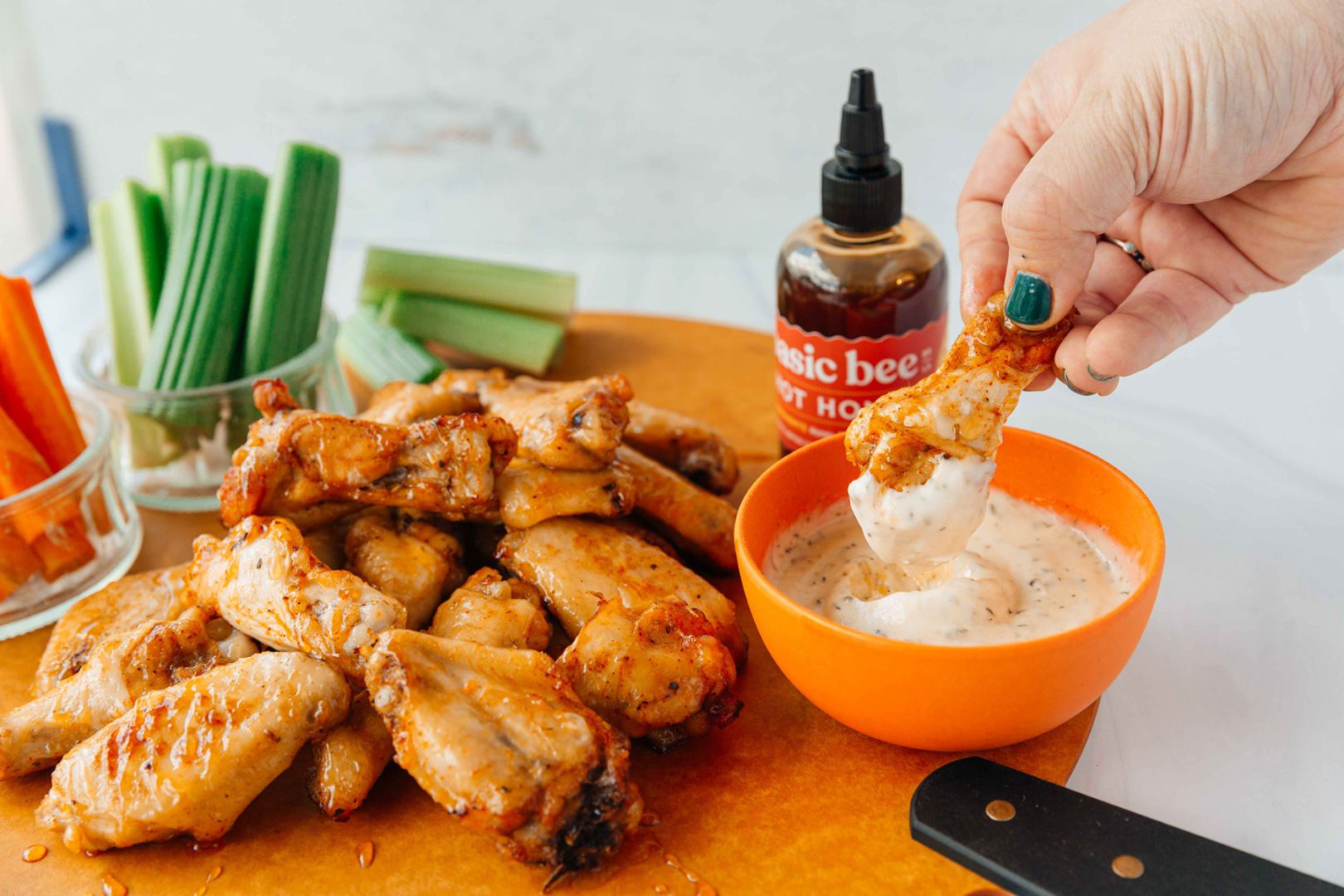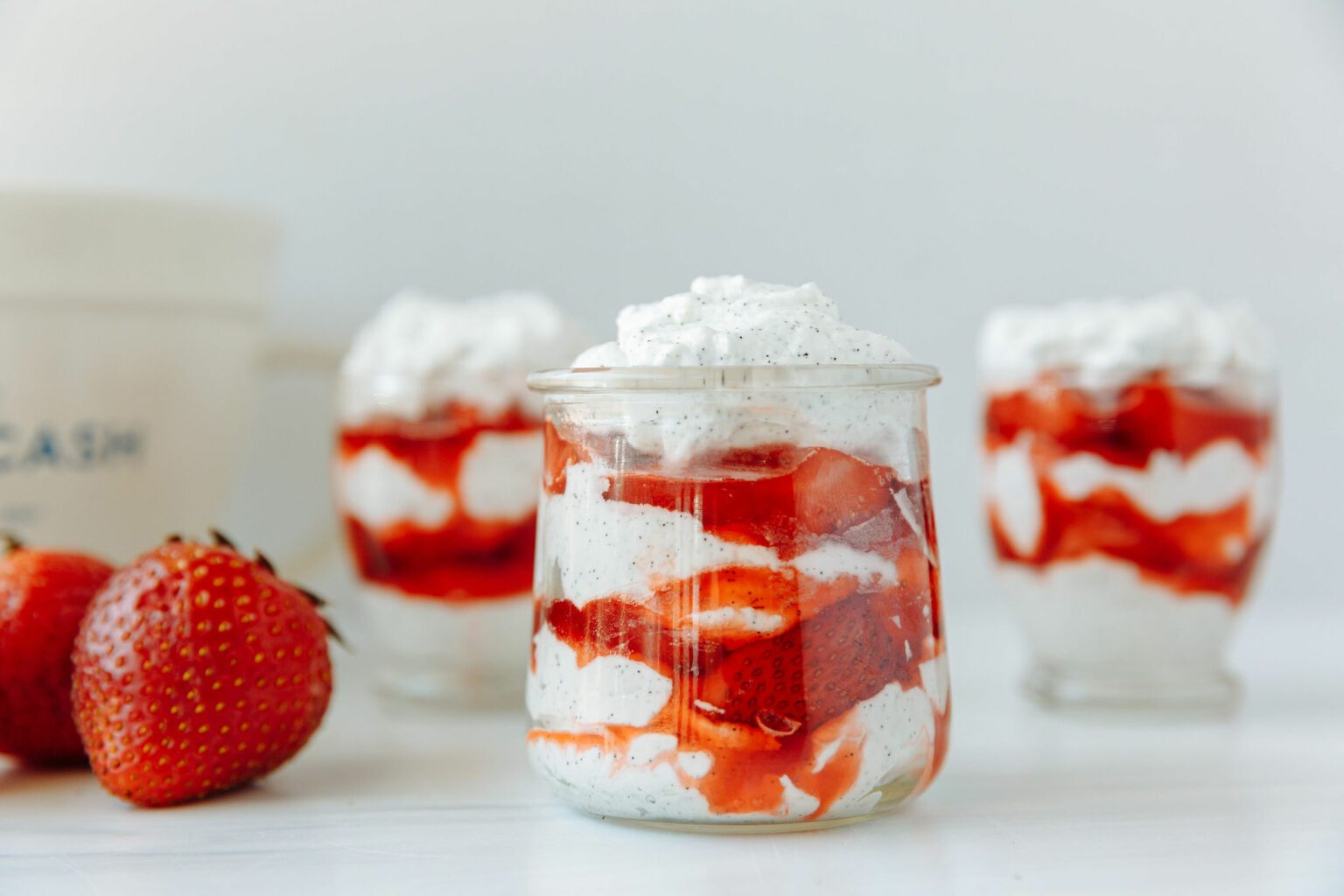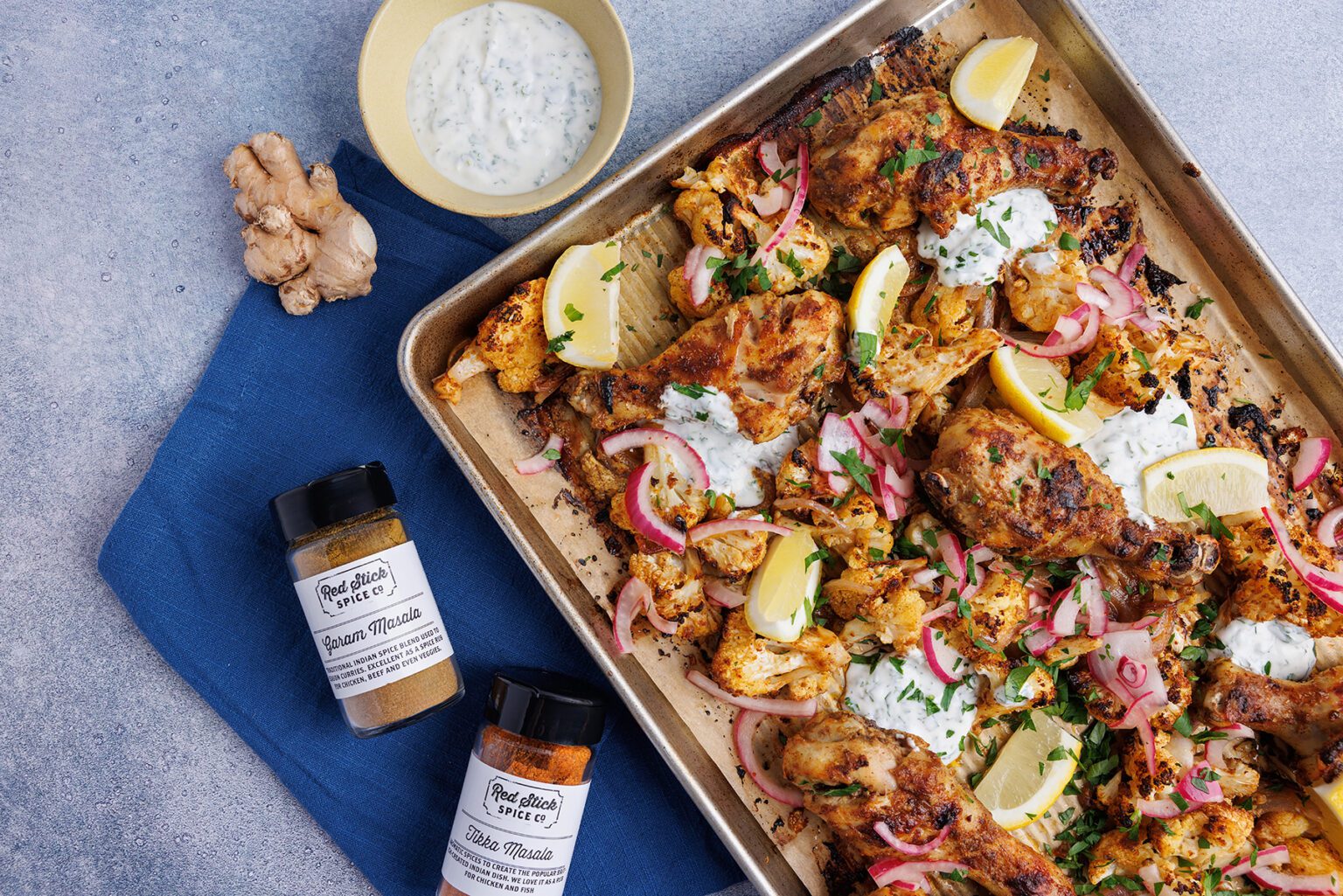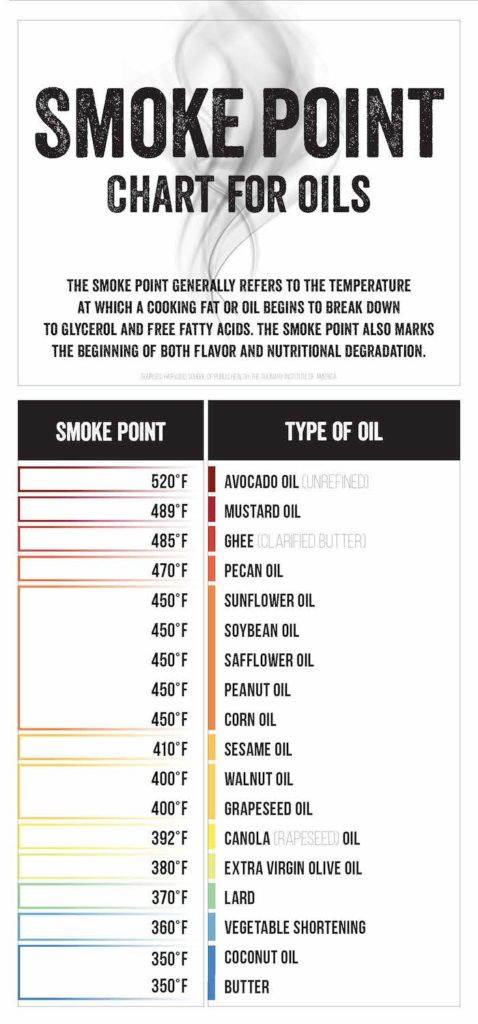
Not all fats are created equal. And understanding which fat to choose for each cooking method is one of the best pieces of knowledge to add to your noggin.
First, Smoke Point
The smoke point of a fat is the temperature at which the oil breaks down and visibly smokes – the oil “breaks.” First, you’ll see a shimmer and sway in the pan. Very quickly, that shimmer can shift to smoke. When this happens, the fat can burn plus develop an off taste and aroma. When it comes to Extra Virgin Olive Oil, when the oil breaks, all those lovely, heart-healthy benefits are lost.
Next, Take Charge!
95% of a cook’s job is managing heat! Take a cooking class with us, and you’ll hear Anne repeat that mantra on the regular. Adjust the flame. Move the pan from the burner. Crack the oven door. Stir. Add food to the pan! These are all ways to manage heat to keep that beautiful fat in the pan from smoking and breaking. We encourage everyone to learn to spot the heat in your kitchen – get to know how your burners behave, how different pots and pans distribute and hold heat and where those pesky hot spots are in your oven. Listen to Anne give tips on managing heat on this episode of her Podcast Smidgen.
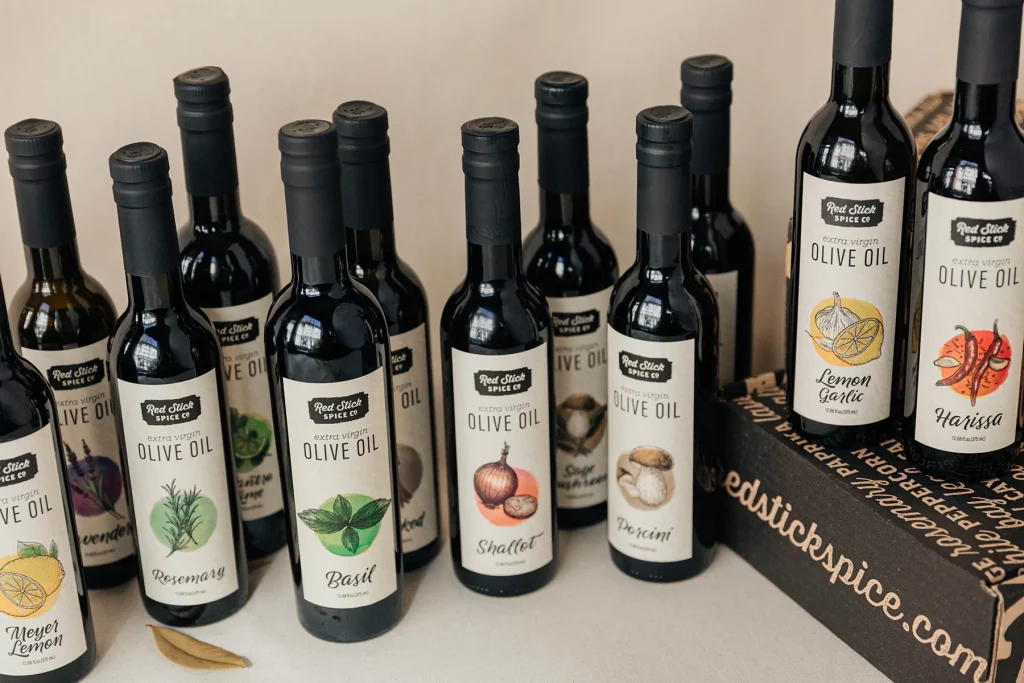
Onto the Oils
The Smoke Point Chart is a great way to get your pantry stocked with the oil – or oils- that best suit your cooking style. Often we’re asked, “Which oil is the best one for cooking?” We then turn that question around to inquire, “What type of cooking are we talking about?” Read on to find out which oil – or oils – are best for your style of cooking.
Pan Searing – Over the years, Extra Virgin Olive Oil users have been cautioned to keep the heat low or use no heat at all – reserving EVOO for finishing and vinaigrettes only. This information was a bit overstated, and while you shouldn’t use Extra Virgin Olive Oil to roast at 450°F, you can use it for general for sauteing and baking. Weeknight salmon or chicken on the stovetop? Grab Extra Virgin Olive Oil and cast your worries aside. Unless you’ve really cranked the heat under a cast iron skillet, you’ll want to move to a high heat oil like Avocado Oil or Pecan Oil. Otherwise, in everyday nonstick or stainless skillets, sear those beautiful proteins and veggies in Extra Virgin Olive Oil.
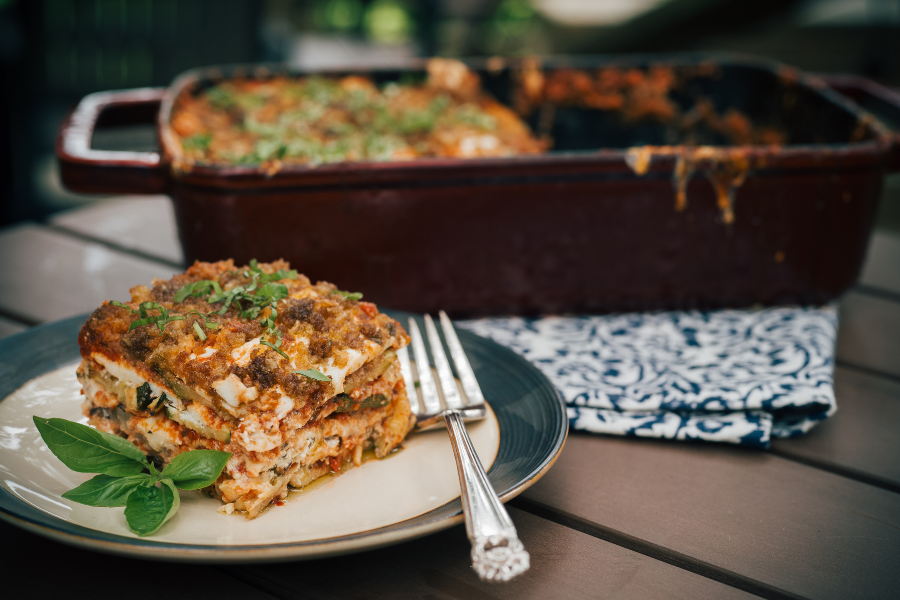
Moderate Oven Cooking – Whether it’s casseroles, Slow Roasted Tomatoes, a pan of brownies or a cake, when your oven temp is hovering around 350°F, Extra Virgin Olive Oil is a great choice. Put that olive oil to work in the oven with this Veggie Lasagne with our Basil Extra Virgin Olive Oil.
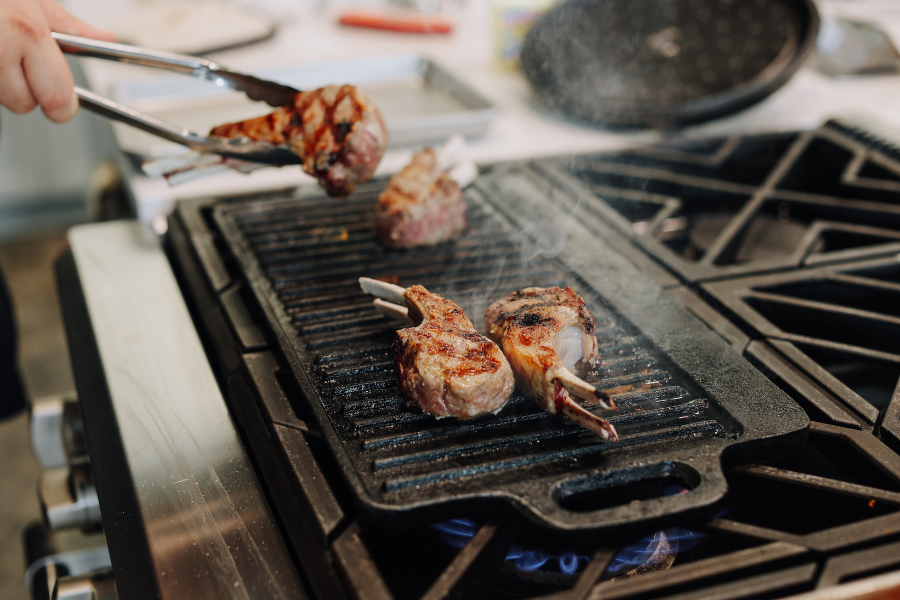
High Heat Roasting – Roasting vegetables is a great way to coax out the natural sugars and encourage golden, brown, delicious crispy bits. We love what our Roasted Chile Avocado Oil does for a pan of Brussels Sprouts. Roasting at 400-450°F means you have to move to a high heat oil like Avocado or Pecan Oil. Work with lamb on grill pans requires a higher heat oil as well. Move to Avocado Oil to get the job done.
Cast Iron Cooking – Cast iron gets really hot and stays hot. That’s the reason for our word of caution above when working stovetop with your cast iron. If it’s a quick sear, Olive Oil is fine. However, if you’ll be working in batches (searing bone-in, skin on chicken thighs for example) or moving from stovetop to a very hot oven (this is how we sear and roast steaks,) then you’ll want to move to Avocado Or Pecan Oil. Grab a bottle of our Caramelized Onion Avocado Oil and make this Cast Iron Tri Tip Roast. Delicious for dinner. Fantastic for steak and eggs in the morning.
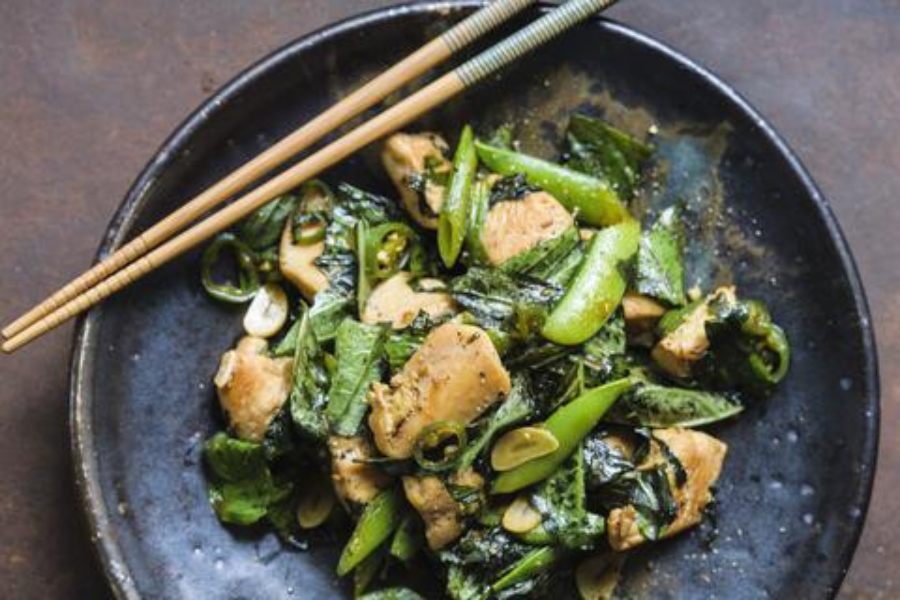
Stir Frying – Most woks are made of a lightweight metal which cools quickly. However, during the cooking process, they do get very hot. We recommend an upper-tier fat including nut and seed oils. Pecan Oil and Avocado Oil are great choices for stir frying. We use neutral Pure Avocado Oil in this Kung Pao Chicken for stir fry perfection.
Fats are a great way to add flavor to food, but also start thinking of oils as tools. Pan searing chicken versus grilling chicken require different tools. Add the right oil choice as one of those tools. Click here to shop and load up your toolbox!

